Second hand home prices rose by 8.4% last year
The average price of a second hand home rose by 8.4% last year, almost double the rate of growth witnessed in 2023, the latest residential market review and outlook from property advisors DNG shows.
The latest DNG National Price Gauge (NPG) shows the annual rate of price growth nationwide strengthened in the second half of 2024, increasing from 6.8% in the 12 months to June to 8.4% for the year to December.
At a national level excluding Dublin, the average price of a second hand home recorded by the NPG is now €299,429, up from €276,149 at the end of 2023.
DNG said that all regions of Ireland recorded robust growth in average residential property prices last year, with the strongest rate of growth in the Mid-West region (+9.6%) last year, followed by the West, South East and Midlands regions which all saw average prices increase by 8.7%.
The Border region saw the lowest rate of price growth in 2024 at 6.8%, but this was still stronger than the rate of growth of 4.6% recorded in that area in 2023.
Meanwhile, the average price of a resale property in Dublin now stands at €582,772, up from €531,773 at the end of 2023.
DNG said that second hand house prices increased in the capital by 9.6% on average in 2024. The rate of price increases in Dublin last year was also markedly higher than recorded in 2023 when the average price of a residential property in the capital increased by 3.3%.
South Dublin recorded the highest rate of price increase last year at 10.5%, while North Dublin and West Dublin recorded increases of 8.5% and 8.7% respectively.
An analysis of DNG buyers last year shows that first time buyers continued to dominate the second-hand market in the capital, accounting for 54% of purchases of resale homes.
18% of purchasers were buying to trade up in the market whilst only 6% of buyers were doing so to trade down in the market.
DNG said this is partly explained by the limited availability of bridging finance currently available in the market and the lack of suitable new homes for buyers to trade down to.
Its analysis also points to a continued exodus of small/medium size landlords from the Dublin market as one in four of all sales last year were landlords selling investment properties, while only one in 12 purchases last year were made for investment/rental purposes.
The estate agents said in order to sustain a functioning rental market, the Government needs to accept and address this imbalance by reducing taxes on rental income or introducing “meaningful incentives” to get small landlords to stay in the sector while at the same time attracting new landlords in.
Looking ahead, DNG forecast that home prices will continue to rise, with an increase of at least mid-single digit figures anticipated due to the continued lack of new homes available to purchase by private buyers combined with robust demand underpinned by real wage growth, falling interest rates and the strong economic environment.
DNG’s Director of Research Paul Murgatroyd said that price growth in the residential market in 2024 surprised on the upside somewhat, with house price inflation accelerating as the year progressed.
“Looking ahead, positive demographic trends, the prospect of further falls in interest rates and a solid economic backdrop all point toward another year of positive price inflation in the residential market and, whilst supply is gradually increasing, it is by no means at a level to satisfy demand in the market which means prices will continue to rise across the country,” he said.
DNG’s chief executive Keith Lowe said the total number of residential property transactions last year is likely to reach approximately 58,000 once all are recorded on the Property Price Register.
He said this means that the number of transactions last year will lag that of 2023 by around 8%, and noted that Ireland still falls behind the UK by 26% in terms of the number of house sales per thousand head of population.
“The total number of new homes built last year will be in the region of 32,5000 but under one third of these are being sold to individual private buyers. The bulk of units are being reserved for social housing, affordable house sale, cost rental or PRS block sales,” Mr Lowe said.
“This trend is likely to continue into 2025 and coupled with lower interest rates it will lead to further house price inflation across the country in the year ahead. It is likely that prices will rise by 5% – 8% in 2025,” he predicted.
“Government has made strong progress in the new homes sector and the extension of the Help to Buy scheme and further funding of the First Home Shared Equity Mortgage scheme are assisting buyers to purchase their first new build home where in many circumstances they would not have been able to do so, and at the same time this is freeing up much needed rental accommodation,” he said.
“More is needed and a more balanced policy is needed in some new home schemes where more private housing needs to be integrated rather than very large new schemes being solely reserved for social and affordable housing,” he added.
Article Source – Second hand home prices rose by 8.4% last year – DNG – RTE
